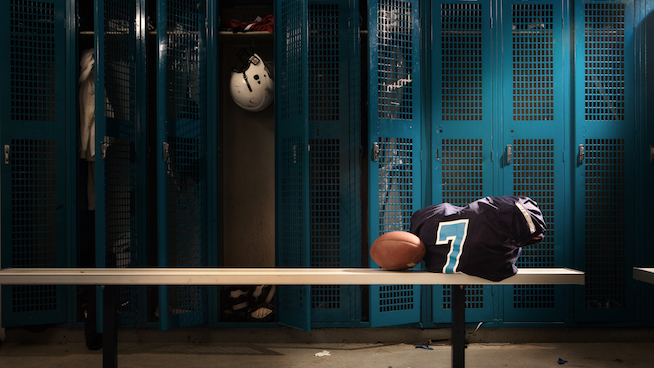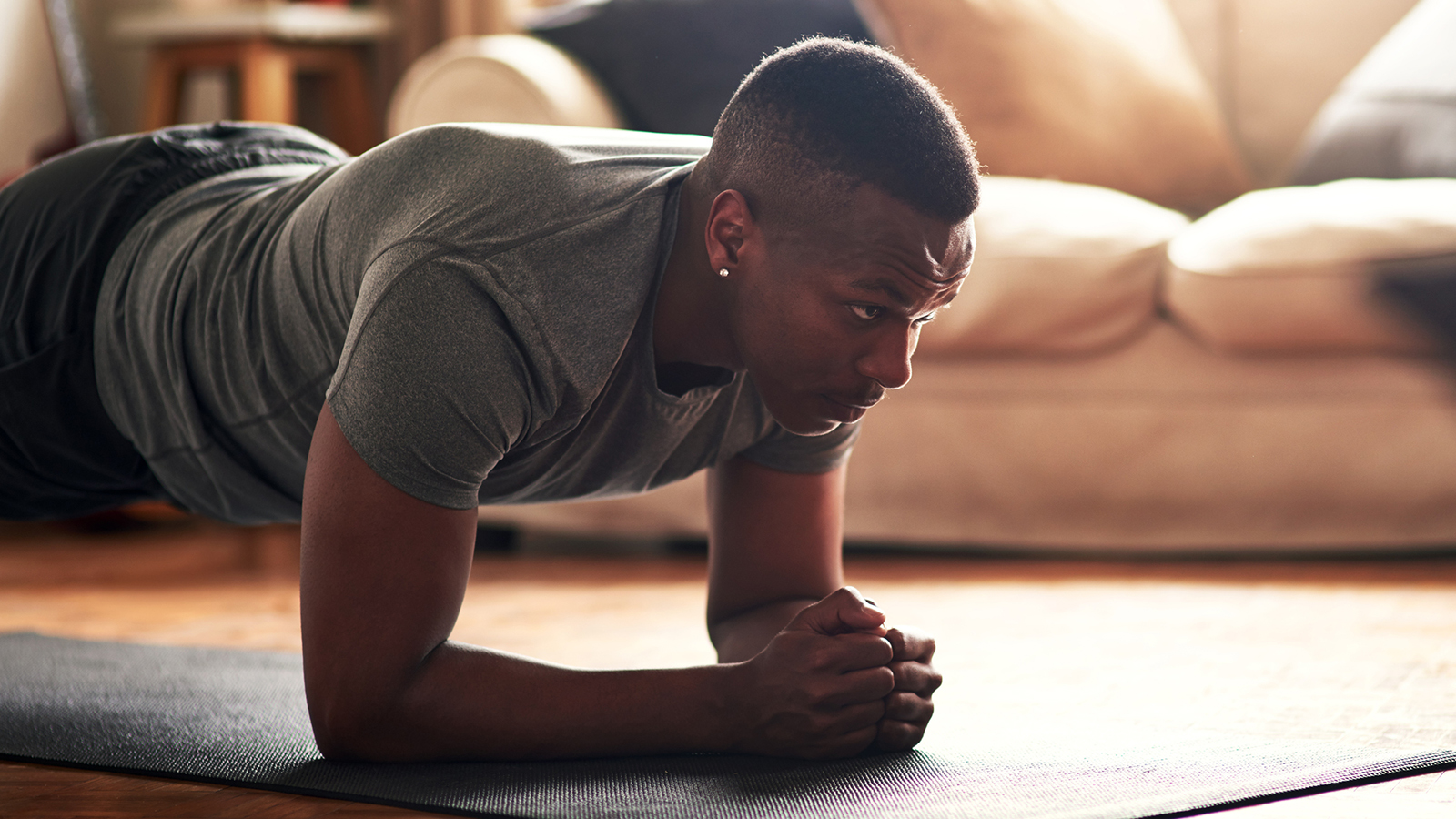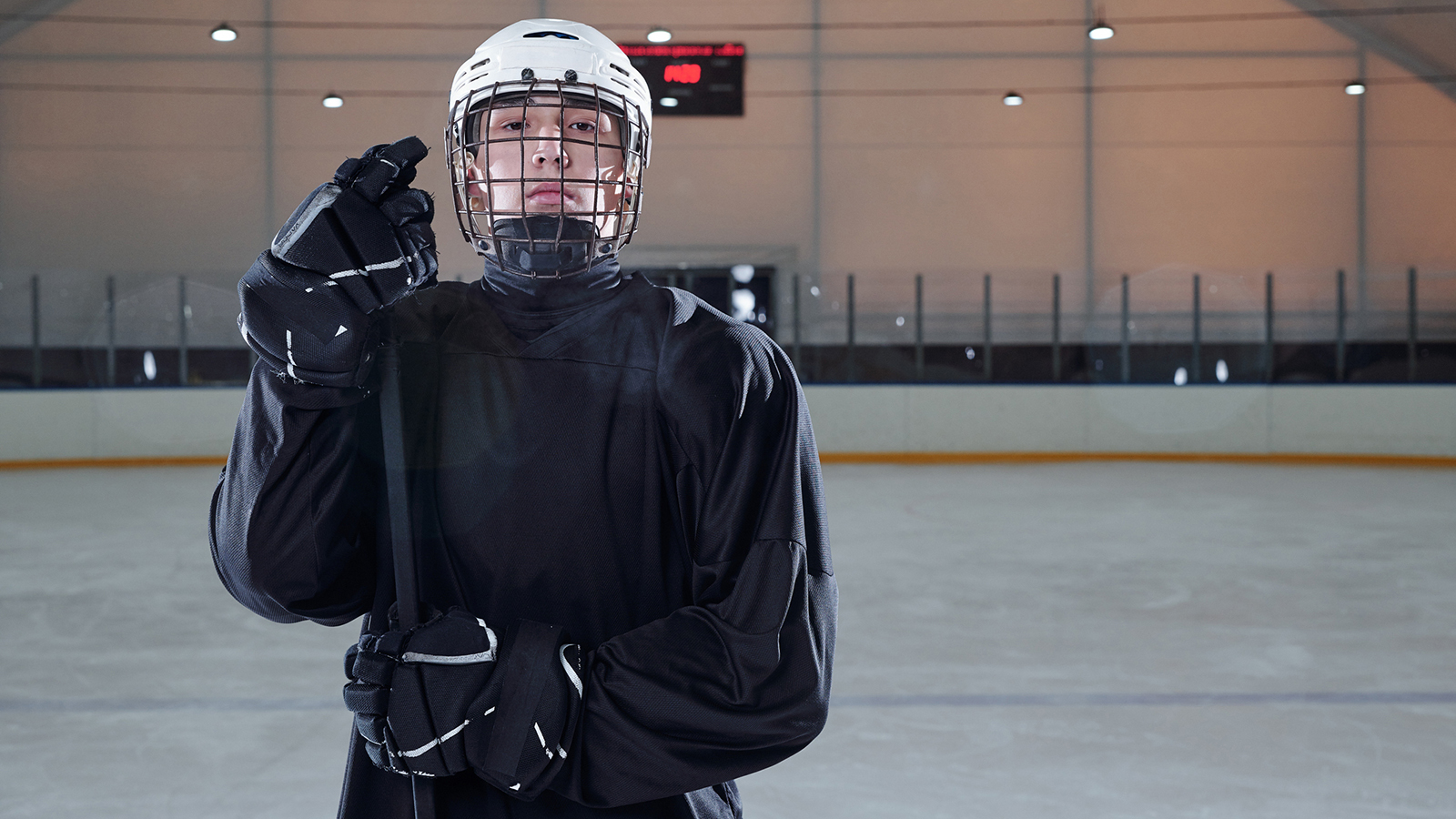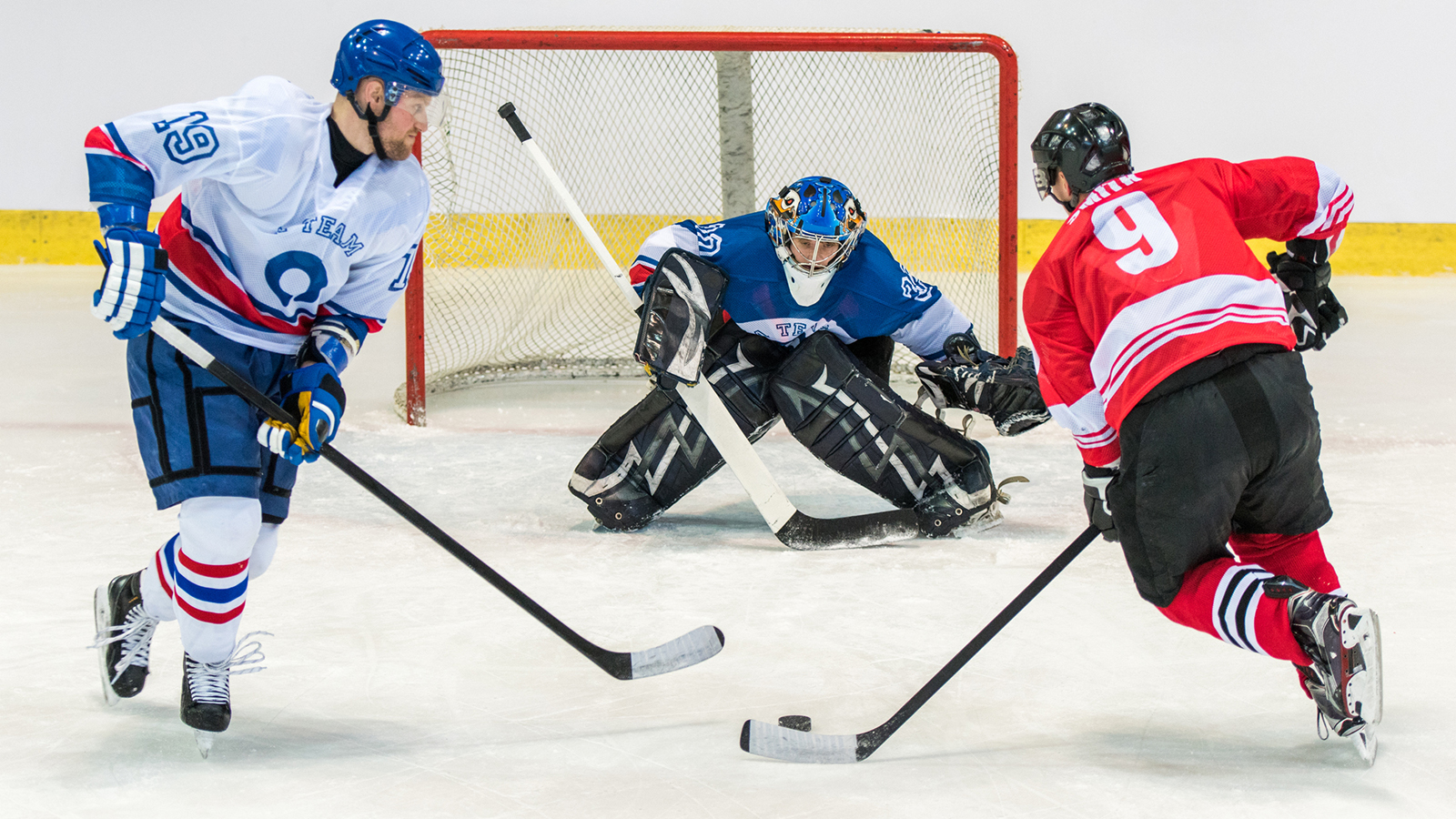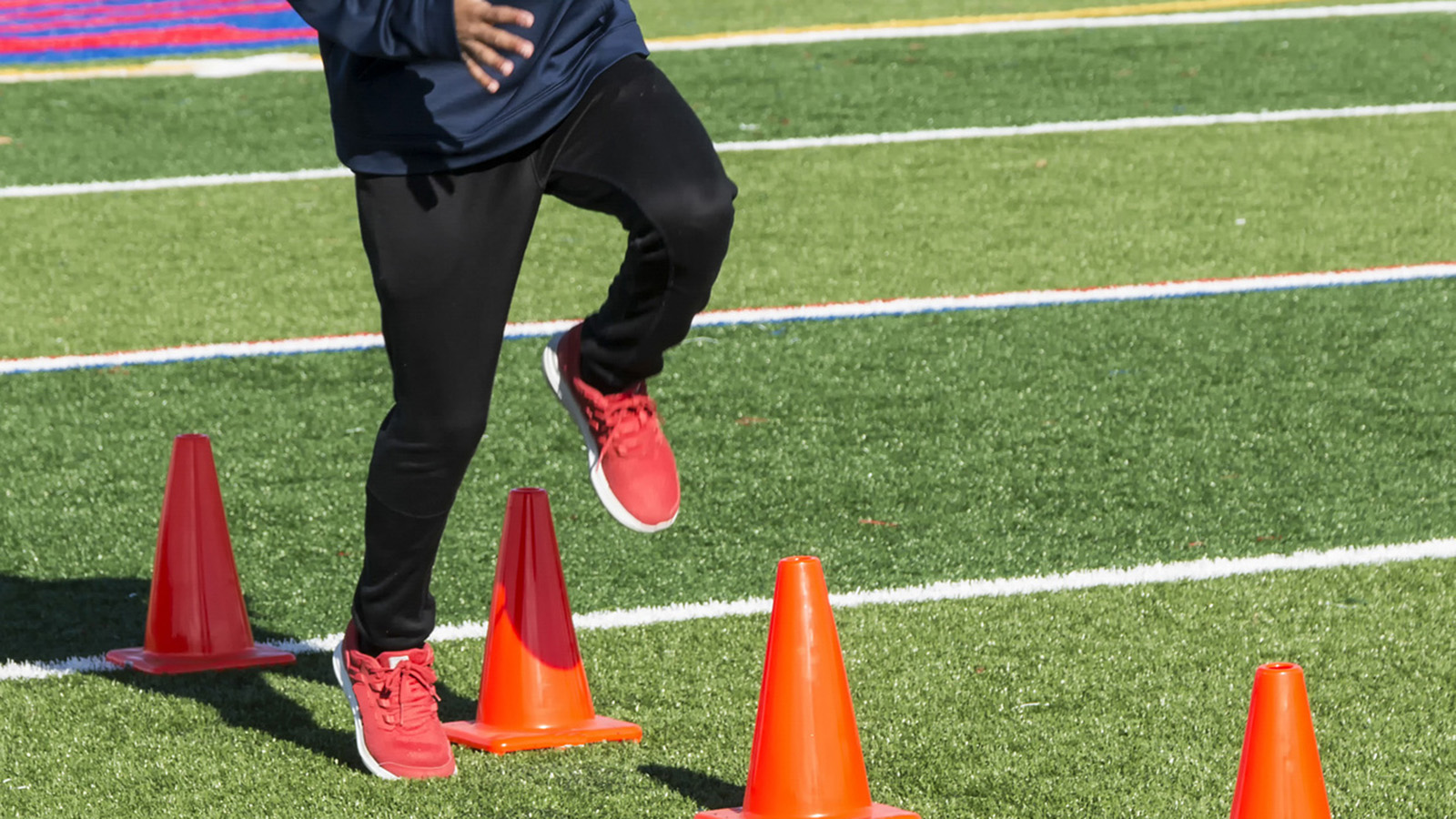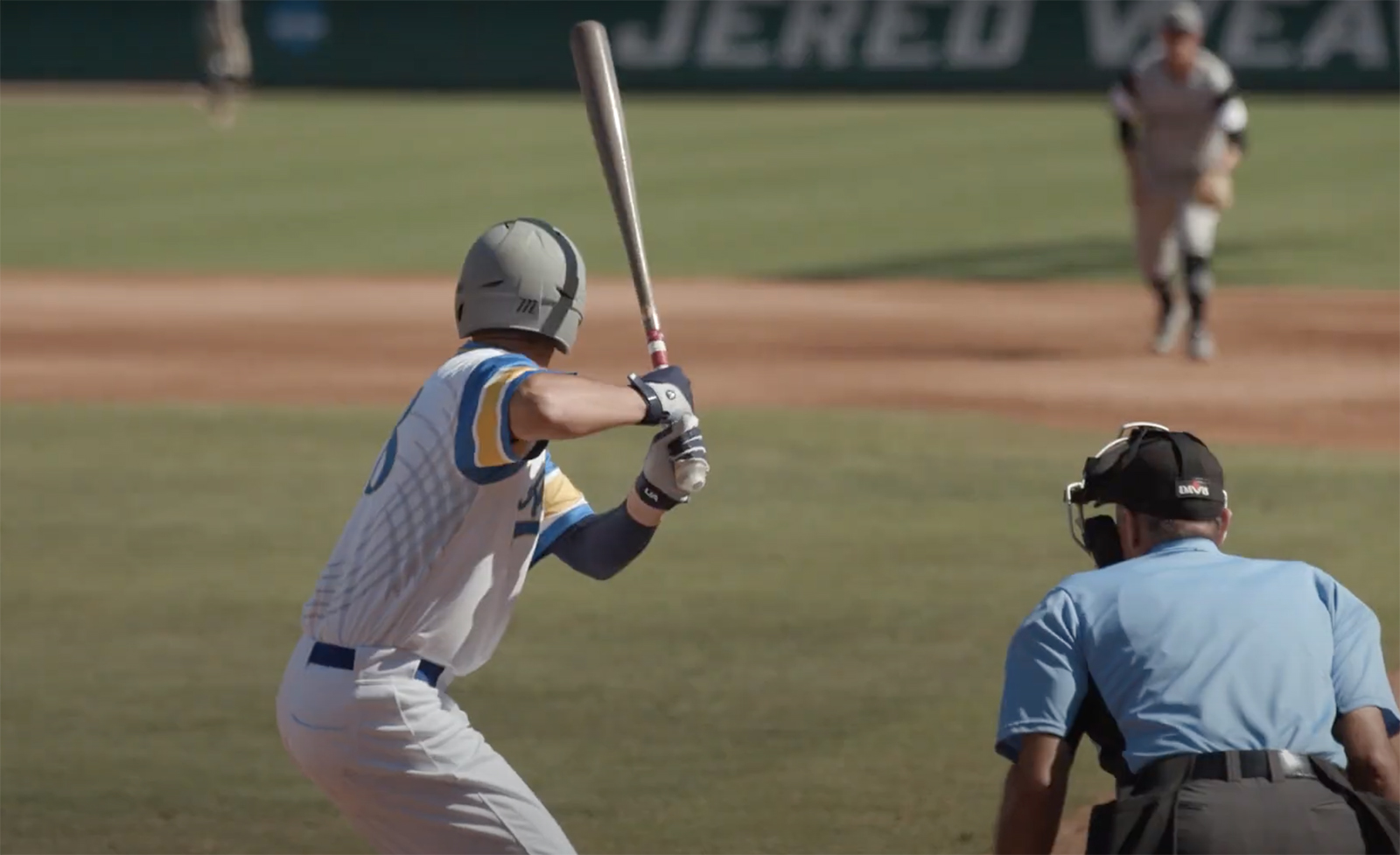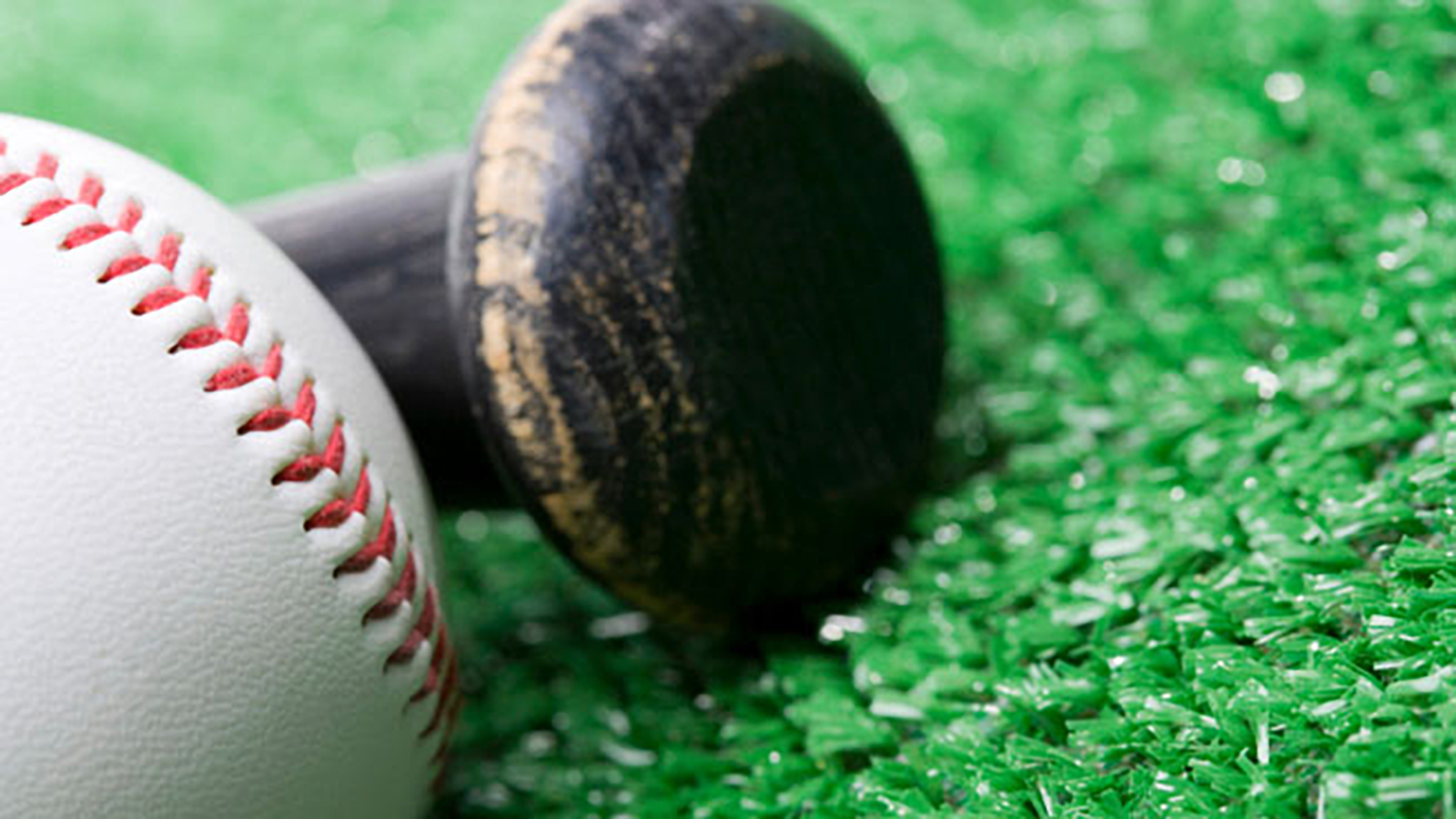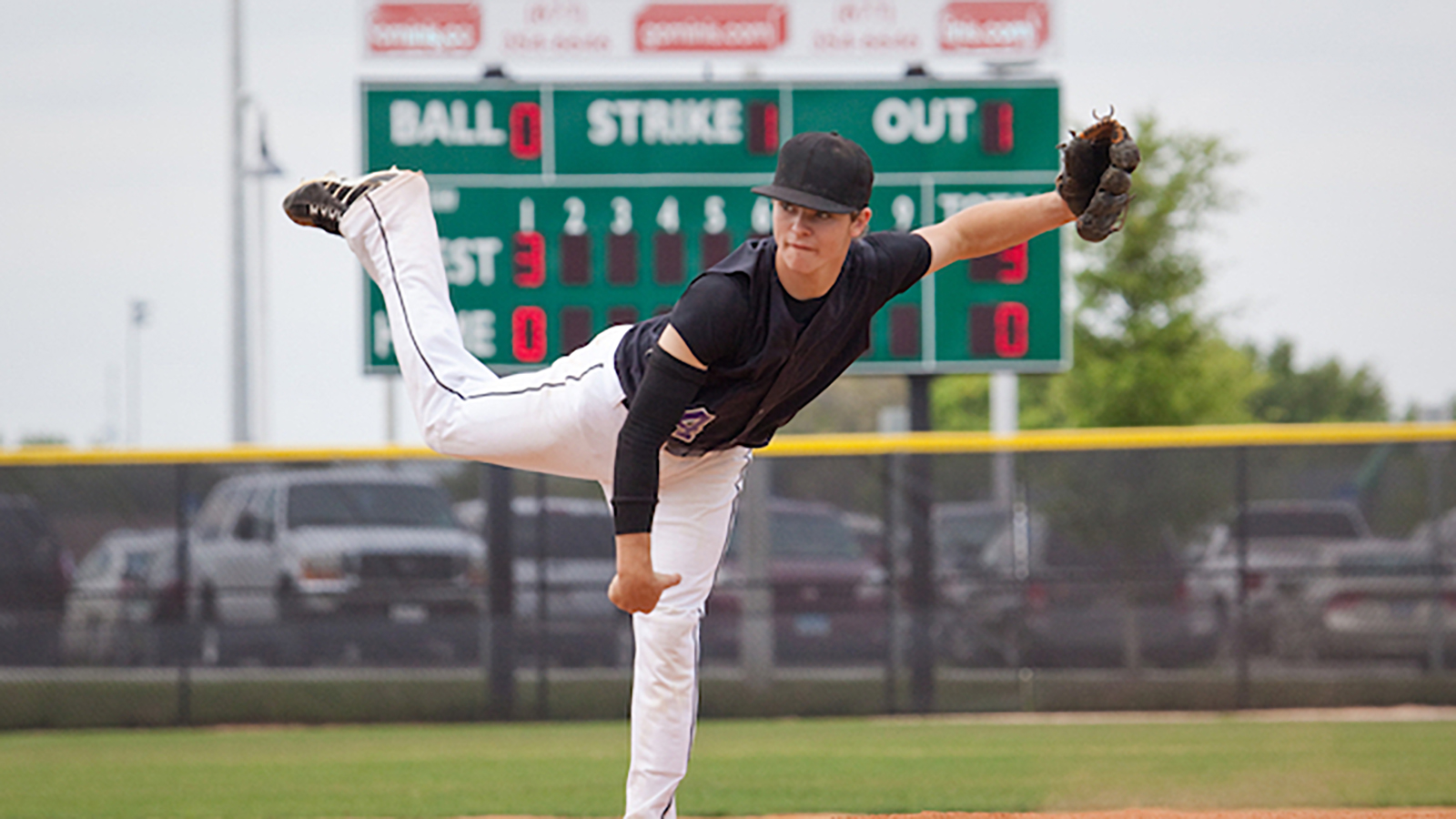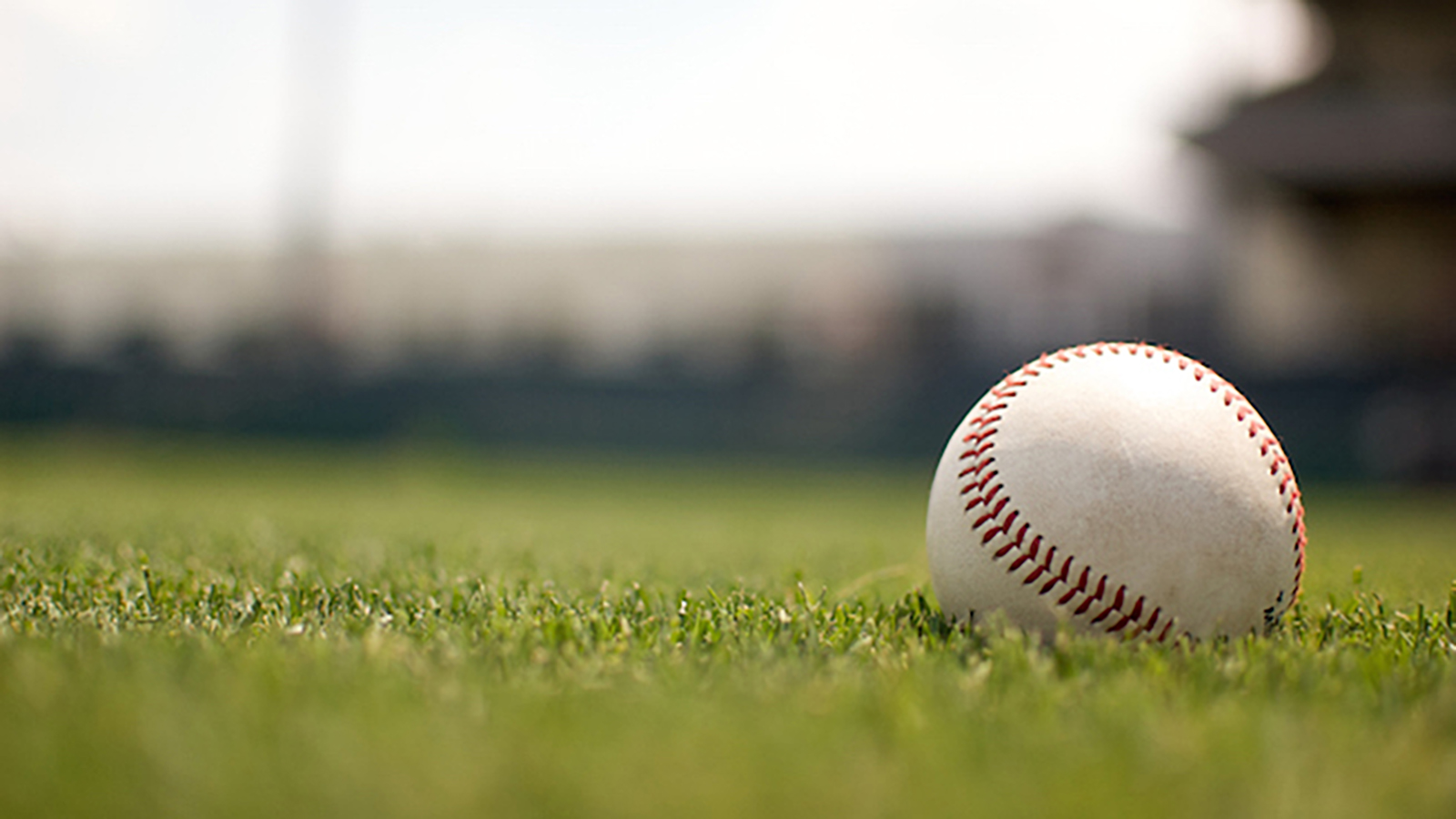Want to Have Your Best Football Offseason Ever? Do This Right Now
The offseason is a vital time in a football player’s development. And sadly, many waste this time and leave gains on the table.
This article is going to cover, in general, how I believe a football player should approach their first 4-6 weeks following the end of their season. This is assuming the athlete doesn’t play a winter sport (I’d recommend they go out for track & field in the spring, but I digress).
This also assumes the athlete is not in any major pain or suffering from a major injury. If so, please see your doctor or medical staff before returning to training or sports.
Now that the boring disclaimers are out of the way, let’s talk business.
There are three main phases to the early offseason at the high school level. Phase 1 is all about recovery. Phase 2 is all about capacity. Phase 3 is all about the future.
Each phase is key for maximizing this pivotal time in your offseason and getting a leg up on the competition.
Although many football programs let their players take 4-8 weeks completely off after the end of the season before they return to training, valuable gains can be made before the new year if you approach it the right way!
Phase 1: Recover From the Football Season
First and foremost, get yourself back to 100 percent. I can’t stress this enough.
At the end of the season, you may be banged up—strained this, sprained that, you name it. It’s going to be extremely advantageous for you to get yourself healthy before you start crushing it again.
Getting healthy does not mean resting and being lazy. Movement is medicine. Sitting around doing nothing but resting, icing, compressing and elevating will probably delay your recovery time, so make sure you do any kind of movement you can to stay active.
During this phase, you can focus on low-impact bodyweight movements, light conditioning work, technique enhancement and rehab protocols. And please, do not play football (not even 7-on-7) right now.
Something like the Isometric Circuit on Day 3 below might be great for you during the first three weeks of the offseason, as long-duration isometrics can help you get stronger and more resilient while putting little wear and tear on your body.
Phase 2: Offseason General Physical Preparedness
Once you’re feeling great, it’s time to prime your body for a long 6-8 months of training and development. It’s either November or December when your season ends, and the first game of next year is in August.
That’s so much time to get better.
Directly after Phase 1, I would recommend advancing to what’s called a GPP, or General Physical Preparedness, phase of training.
GPP is defined as a training period devoted to the general development of (but not limited to) conditioning, power, strength, skill, flexibility, endurance and structures. This phase lays the groundwork for more specific work that will soon be taken on.
There are four important aspects of a GPP phase, and checking all four boxes will set you so far ahead of the pack that it’s almost unfair.
- Improve Work Capacity: Are you prepared to play or train for a sport?
- Improve Movement Quality: Can you perform all needed training movements cleanly and pain-free?
- Increase Muscle Mass & Strength: Do you look and lift like an athlete?
- Neurological Training Adaptations: Are you truly progressing via training?
Here’s a sample GPP training program that can be performed three days a week for up to four weeks. If you put in this early work to build a foundation, you set yourself up to have a monster offseason.
Day 1: Push
A) Goblet Squat: 20, 15, 12 reps
B) Push-Ups: 20, 15, 12 reps (weighted, as needed)
C) Split Squat or Lateral Lunge: 3×10 reps per side
D) Half-Kneeling Landmine Press: 3×12 reps per side
D) YWT w/ Plate: 3×10 reps
E) Dead Bugs: 3×5 reps per side
F) Suitcase Carries: Accumulate 100 yards per side
Day 2: Pull
A) Barbell RDL: 12, 10, 8 reps
B) DB Row: 20, 15, 12 reps per side
C) Chin-Up or Lat Pulldown: 3×10-20 reps
D) Face Pull: 3×12 reps
E) Stability Ball Hamstring Curls: 3×12 reps
E) Copenhagen Plank: 3×30 seconds per side
F) Bear Crawls: Accumulate 100 yards
Day 3: Sled and Isometrics
A) Single-Leg Balance Iso Hold: Accumulate 2 minutes per leg
B) Split Squat Iso Hold: Accumulate 2 minutes per leg
C) Single-Leg RDL Iso Hold: Accumulate 2 minutes per leg
D) Calf Raise Iso Hold: 2 minutes
E) Push-Up Iso Hold: 1 minute
F) Chin-Up Iso Hold: 1 minute
G) Sled Drag or Sled Push EMOM: 20 yards every minute on the minute, for 20 minutes
Phase 3: Set Football OffSeason Training Goals
The third and final phase of the early offseason is to set yourself up for success for the remainder of the offseason.
At this point, you’re only 4-6 weeks in, and have 6-8 months left to prepare for the next year. This is the time to sit with your coaches, trainers and parents and truly map out what you want to get out of this off-season!
You’ve already taken the time to recover and build a strong foundation. Now, you’re in an excellent position to tackle bigger and better training goals. Many teams will resume regular training sessions in the new year, and if you enter that having completed these three phases, you’ll be positioned for massive success.
If you took a road trip without Google Maps, you’d get lost. Your career is a road trip. Your training is Google Maps.
Get a plan, execute it and dominate!
Original Article posted on stack.com

